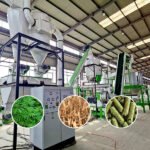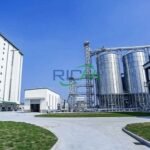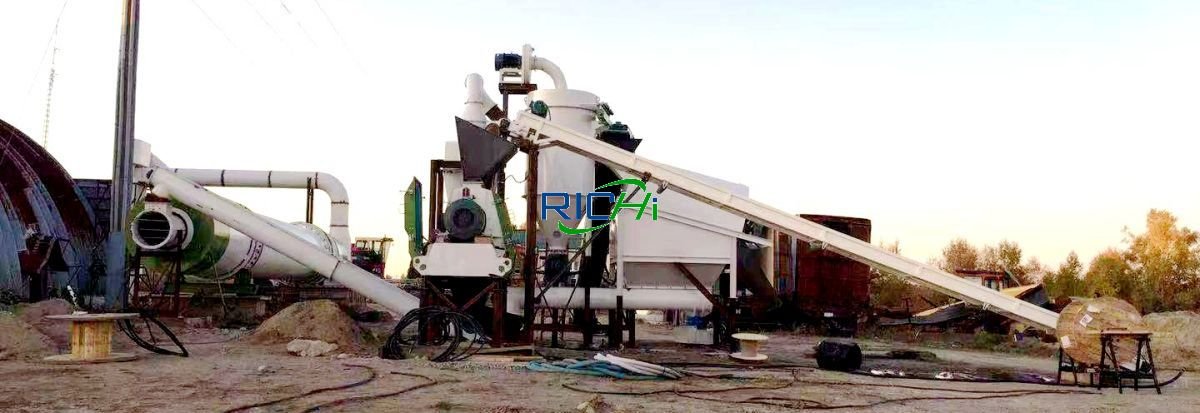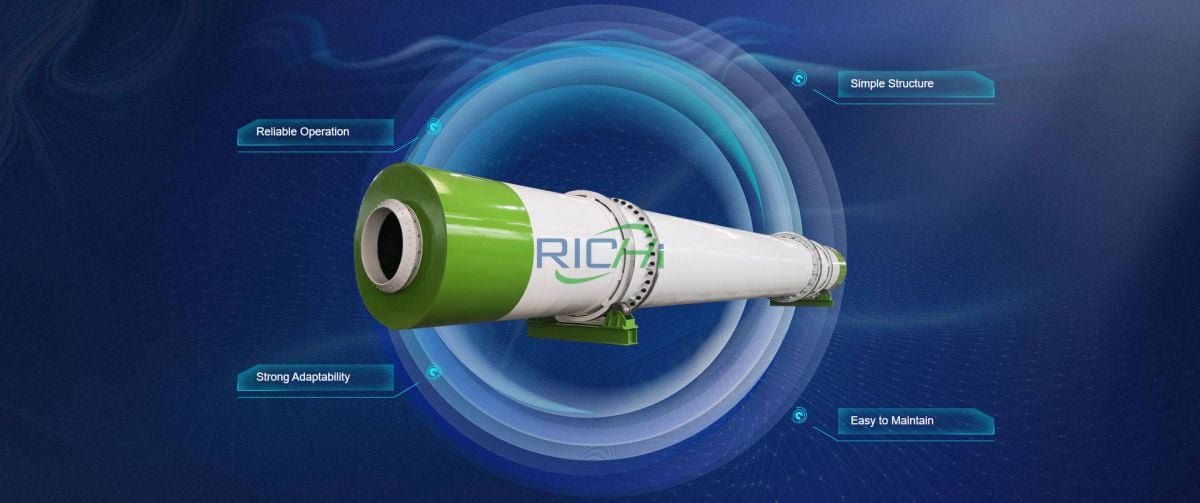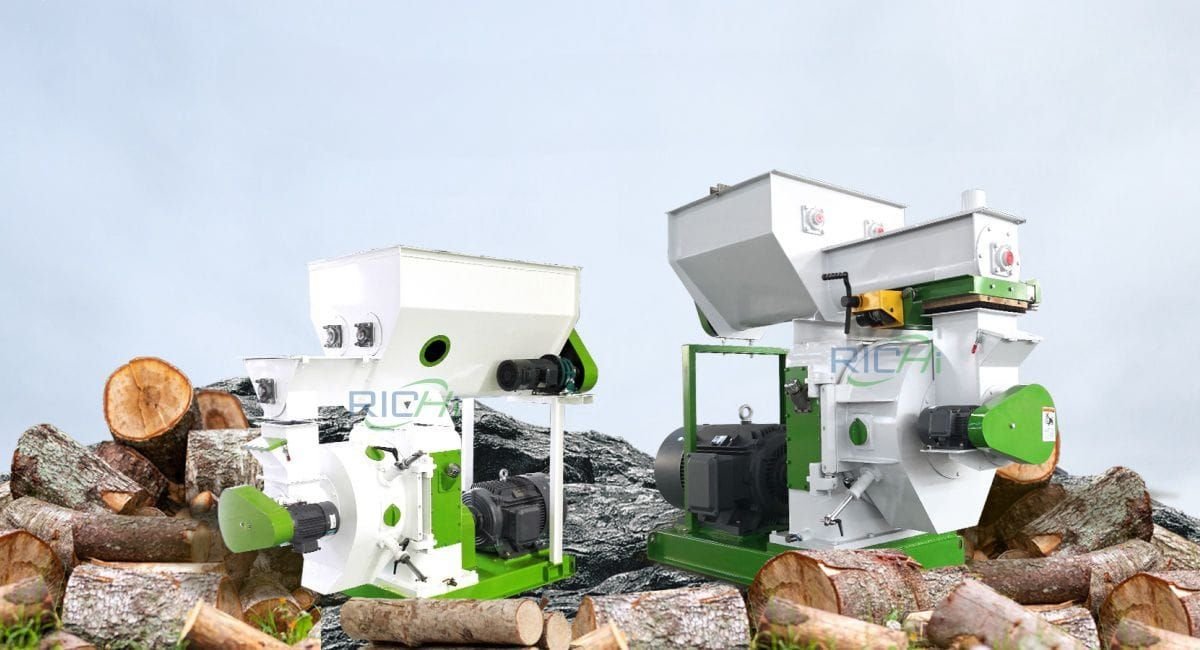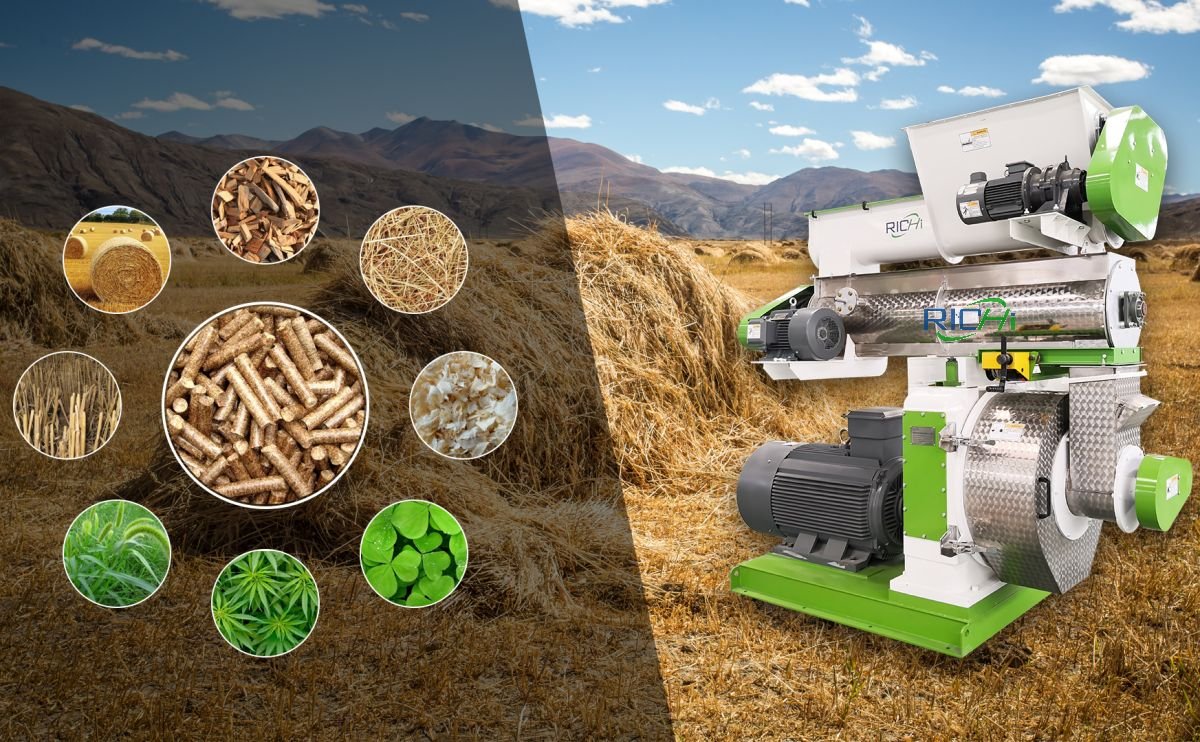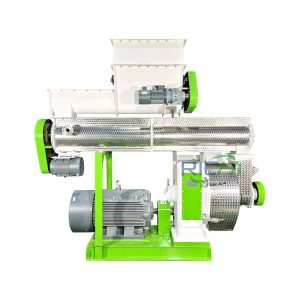The wood processing industry generates substantial amounts of sawdust as a byproduct, which can lead to environmental challenges if not managed effectively. Wood chip dryers, originally intended for drying wood chips, have demonstrated potential in addressing the environmental issues associated with sawdust. This article examines how wood chip dryers can help reduce environmental pollution from sawdust and the considerations involved in this process.
Environmental Issues Related to Sawdust
To appreciate the solution, it’s important to understand the environmental challenges posed by sawdust:
- Air Pollution: Dry sawdust can become airborne, contributing to dust pollution that negatively impacts air quality and poses respiratory health risks.
- Water Pollution: When exposed to rain, sawdust can leach organic compounds into water sources, potentially harming aquatic ecosystems.
- Fire Hazards: Accumulations of dry sawdust present significant fire risks due to its combustible nature.
- Greenhouse Gas Emissions: Decomposing sawdust can release methane, a potent greenhouse gas.
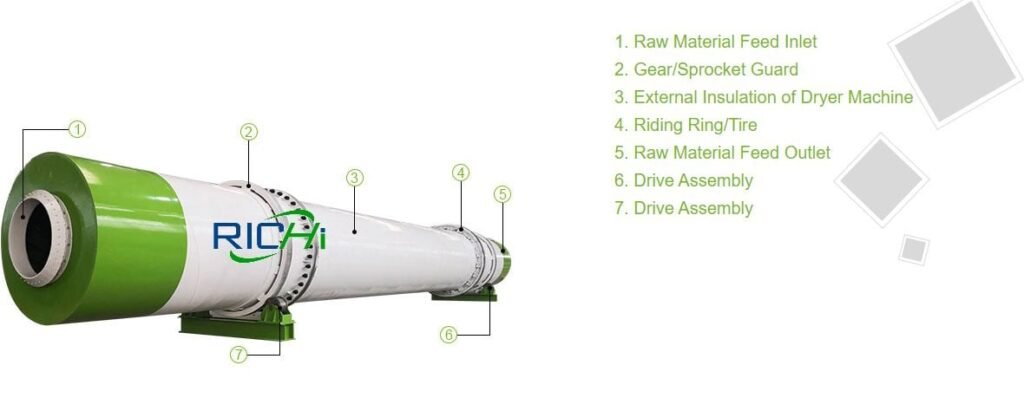
The Role of Wood Chip Dryers
Wood chip dryers can play a vital role in mitigating these environmental concerns:
Dust Control
Wood chip dryers significantly reduce dust pollution by managing the moisture content of sawdust. By maintaining optimal moisture levels, the dryers prevent sawdust from becoming excessively dry and airborne, which helps:
- Improve air quality in and around wood processing facilities.
- Reduce respiratory health risks for workers and nearby communities.
- Minimize the spread of particulate matter to surrounding areas.
Controlled Processing
Using a wood chip dryer allows manufacturers to better manage the properties of sawdust:
- Consistent moisture content prevents over-drying, which can lead to dust formation.
- Proper drying reduces the risk of mold and fungal growth, which can produce harmful spores.
- Controlled drying facilitates better compaction of sawdust, reducing its volume and making it easier to handle and transport.
Creation of Value-Added Products
Properly dried sawdust can be transformed into value-added products, thus reducing waste and environmental impact:
- Production of wood pellets for biomass energy.
- Manufacturing of particleboard and other engineered wood products.
- Use as animal bedding or garden mulch.
These applications not only help minimize waste but also provide alternatives to products that might otherwise have larger environmental footprints. (Related post: wood chip hammer mill)
Energy Efficiency
Modern wood chip dryers are designed to optimize energy efficiency:
- Heat recovery systems recycle thermal energy, lowering overall energy consumption.
- Some dryers can utilize biomass fuel, including sawdust itself, creating a closed-loop system.
- Efficient drying processes reduce the energy needed to process sawdust.
By decreasing energy consumption, these dryers help lower the carbon footprint associated with sawdust processing.
Prevention of Water Pollution
By drying sawdust to appropriate moisture levels, wood chip dryers aid in preventing water pollution:
- Dried sawdust is less likely to leach organic compounds when exposed to rain.
- Proper moisture control reduces the risk of runoff contamination from sawdust storage areas.
Fire Hazard Reduction
While it may seem counterintuitive, controlled drying of sawdust can actually mitigate fire risks:
- Uniformly dried sawdust is less prone to spontaneous combustion compared to unevenly moist piles.
- Proper moisture content reduces the likelihood of generating combustible dust clouds.
Mitigation of Methane Emissions
By efficiently processing sawdust, wood chip dryers can help reduce methane emissions:
- Rapid drying prevents anaerobic decomposition that leads to methane production.
- Dried sawdust can be utilized or disposed of more quickly, reducing the time it spends decomposing.
Considerations and Best Practices
While wood chip dryers present significant potential for reducing environmental pollution from sawdust, effective use requires careful consideration:
Proper Equipment Selection
Choosing the right wood chip dryer is crucial:
- The dryer should be appropriately sized for the volume of sawdust produced.
- It should have adjustable settings to accommodate varying moisture levels in incoming sawdust.
- Advanced control systems should ensure optimal drying conditions and energy efficiency.
Integration with Dust Collection Systems
For maximum effectiveness, wood chip dryers should be paired with robust dust collection systems:
- Cyclones and baghouses can capture fine particles generated during the drying process.
- Proper ventilation ensures that any dust produced is contained and filtered.
Regular Maintenance
Maintaining environmental benefits requires regular upkeep:
- Routine inspections can identify and address potential issues before they lead to inefficiencies or emissions.
- Regular cleaning prevents buildup that could reduce efficiency or pose fire risks.
Operator Training
Effective operation is key to achieving the environmental advantages of wood chip dryers:
- Operators should be trained in optimal drying techniques for sawdust.
- Understanding the relationship between moisture content, energy use, and environmental impact is crucial.
Monitoring and Reporting
Implementing a monitoring system helps ensure ongoing environmental benefits:
- Regular testing of dried sawdust for moisture content and particle size.
- Monitoring emissions and energy consumption.
- Analyzing data to continuously improve processes.
Holistic Approach
Wood chip dryers should be part of a comprehensive environmental management strategy:
- Consider the entire lifecycle of sawdust, from generation to final use or disposal.
- Seek opportunities to further reduce waste or create additional value-added products.
Conclusion
Wood chip dryers have considerable potential to mitigate environmental pollution from sawdust. By controlling dust, preventing water pollution, reducing fire hazards, and facilitating the creation of value-added products, these systems can transform a problematic waste product into a valuable resource. However, to realize these benefits, careful implementation, proper operation, and ongoing monitoring are essential.
As the wood processing industry continues to evolve, the role of technologies like wood chip dryers in environmental management will likely grow. By embracing these solutions and continuously improving their application, the industry can significantly reduce its environmental footprint while potentially creating new economic opportunities. The key is to view sawdust not as a waste product but as a resource that, when managed properly, can contribute to both environmental sustainability and economic efficiency.
For details please contact: pelleting machine
WhatsApp:86 138 3838 9622
Email:enquiry@richipelletmachine.com


